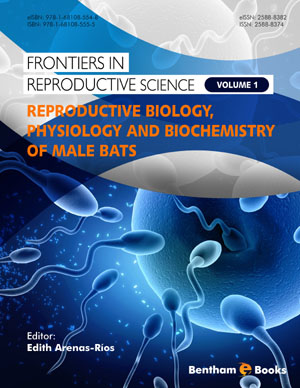Abstract
Innate immune systems, which are essential for all metazoans, provide the first-line of defense against pathogens and comprise mainly humoral and cellular immune responses. Over the last two decades, genetic studies from a model insect, the fruit fly Drosophila melanogaster, have significantly contributed to elucidate the complex molecular mechanisms underlying the activation of humoral innate immune responses from pathogen recognition by pattern recognition receptors (PRRs) such as peptidoglycan recognition proteins (PGRPs), infection-induced nuclear factor (NF)-kB intracellular activation, and to the subsequent induction of hundreds of effector genes, including antimicrobial peptides (AMPs). In addition, many biochemical studies in Drosophila as well as in other arthropods such as the horseshoe crab recently uncovered the detailed molecular mechanisms of hemocyte-mediated immune responses, such as hemolymph coagulation or melanization, which have led us to reconsider the importance of cellular immune responses. This review describes recent progress towards understanding the molecular mechanisms of these innate immune responses mainly from studies of Drosophila, horseshoe crab, or other arthropods, and discusses the fundamental similarities and differences from mammalian innate immune systems.
Keywords: Drosophila melanogaster, fruit fly, horseshoe crab, innate immunity, peptidoglycan recognition, PGRP, Toll, imd, antimicrobial peptides.








